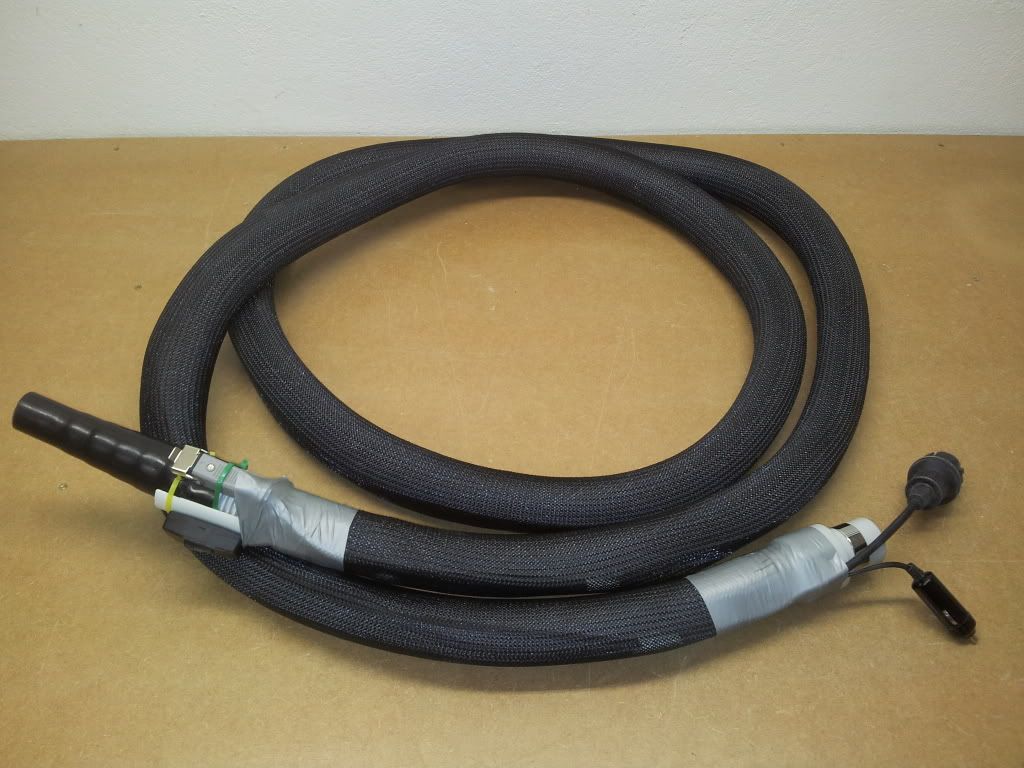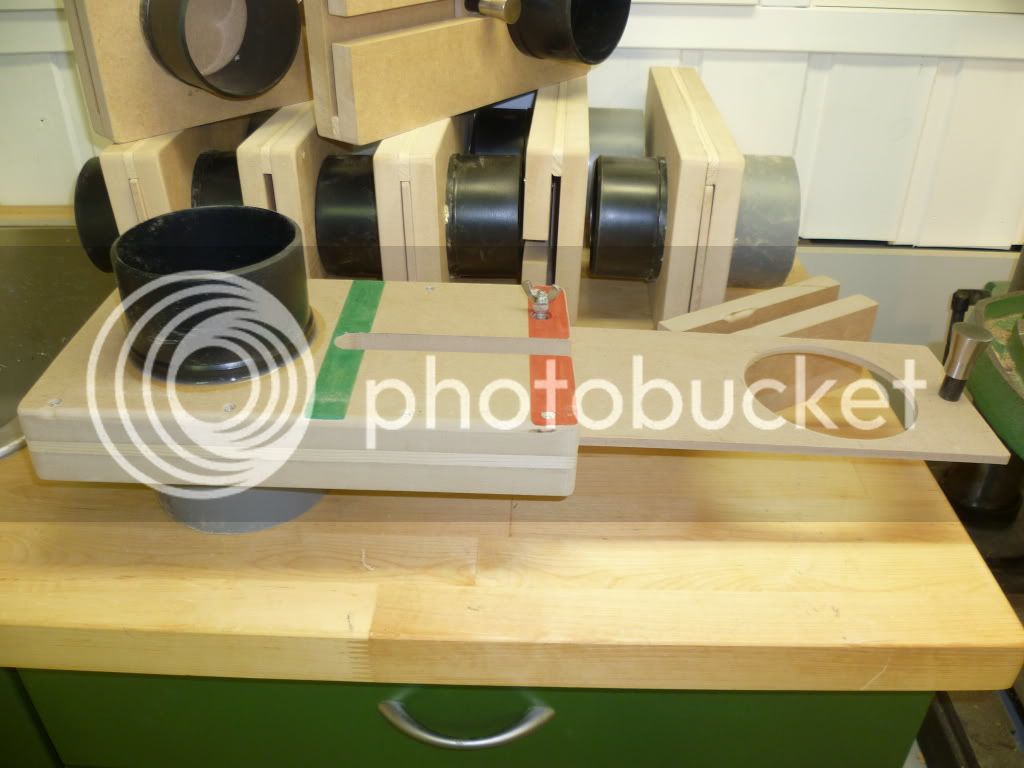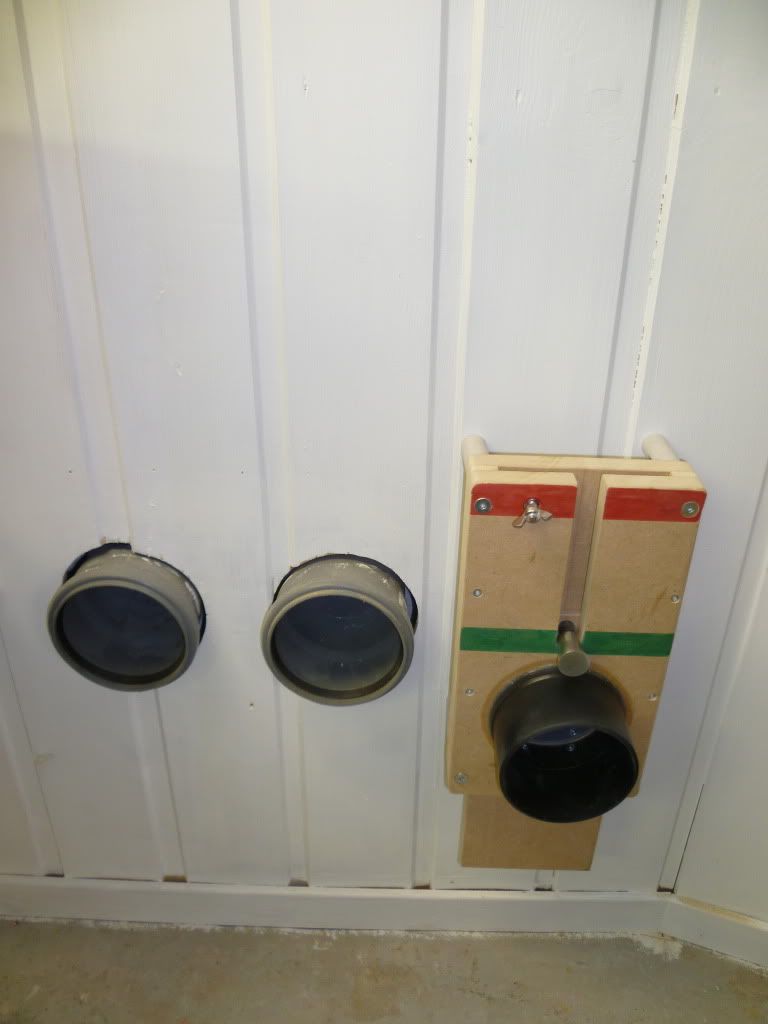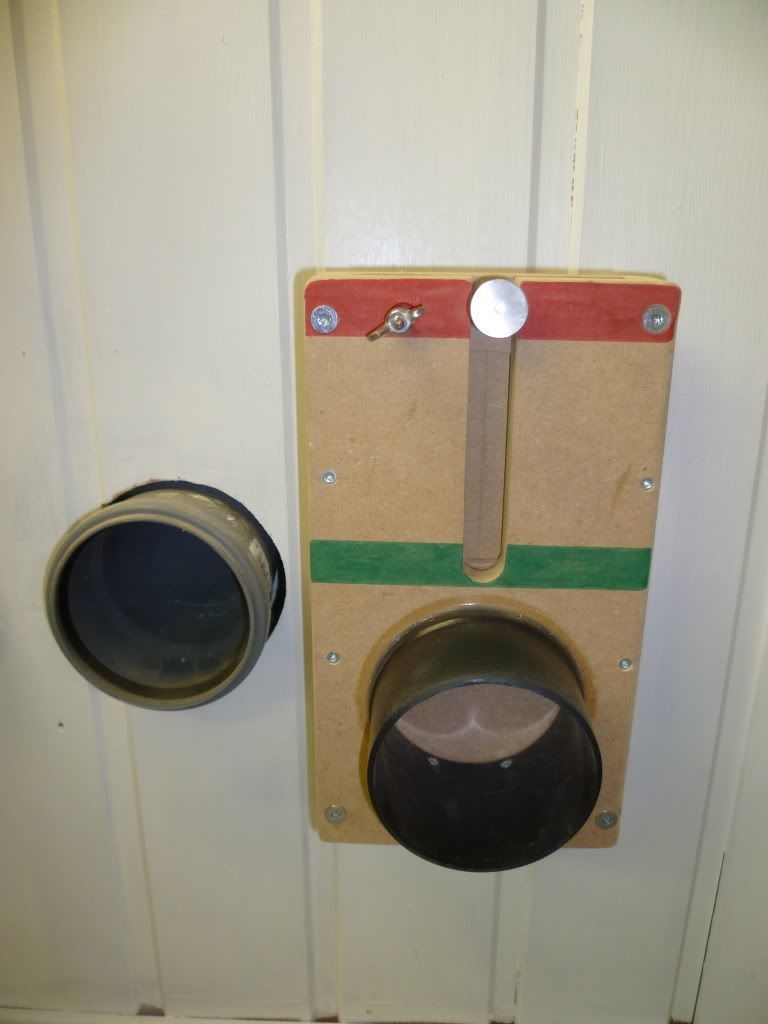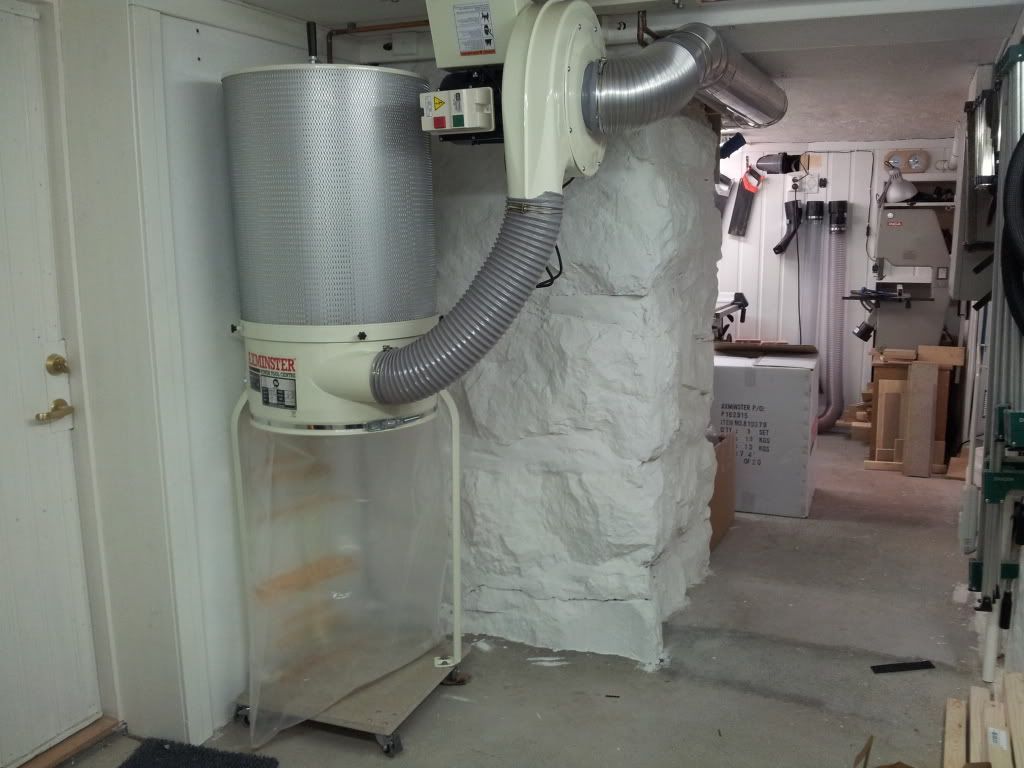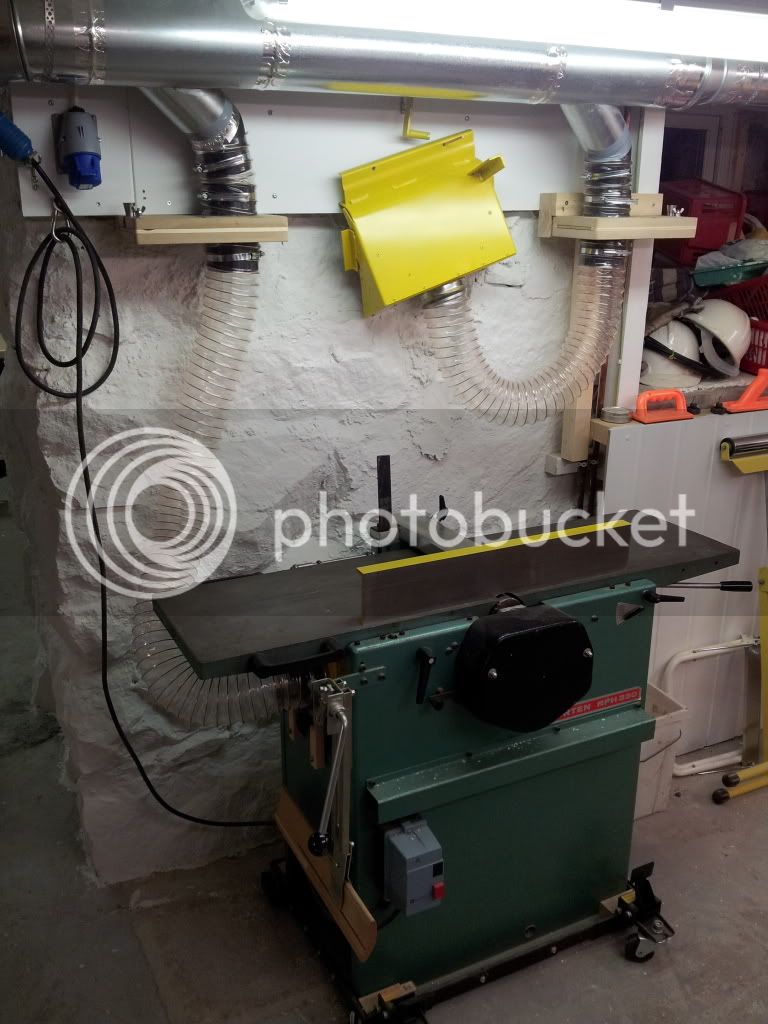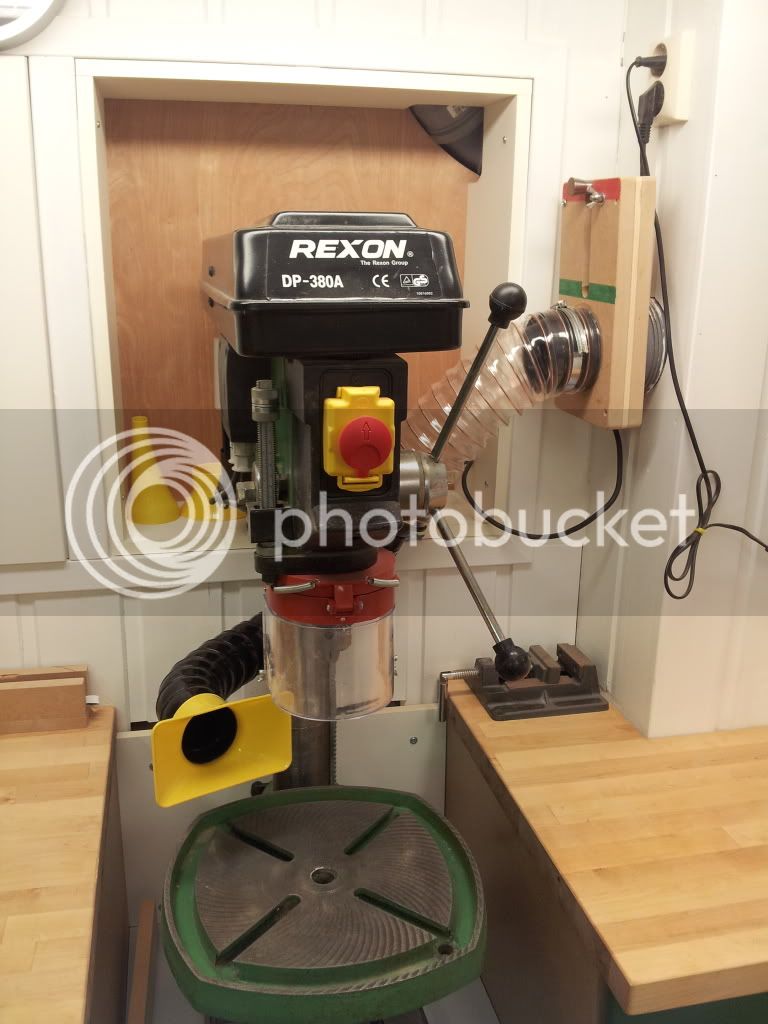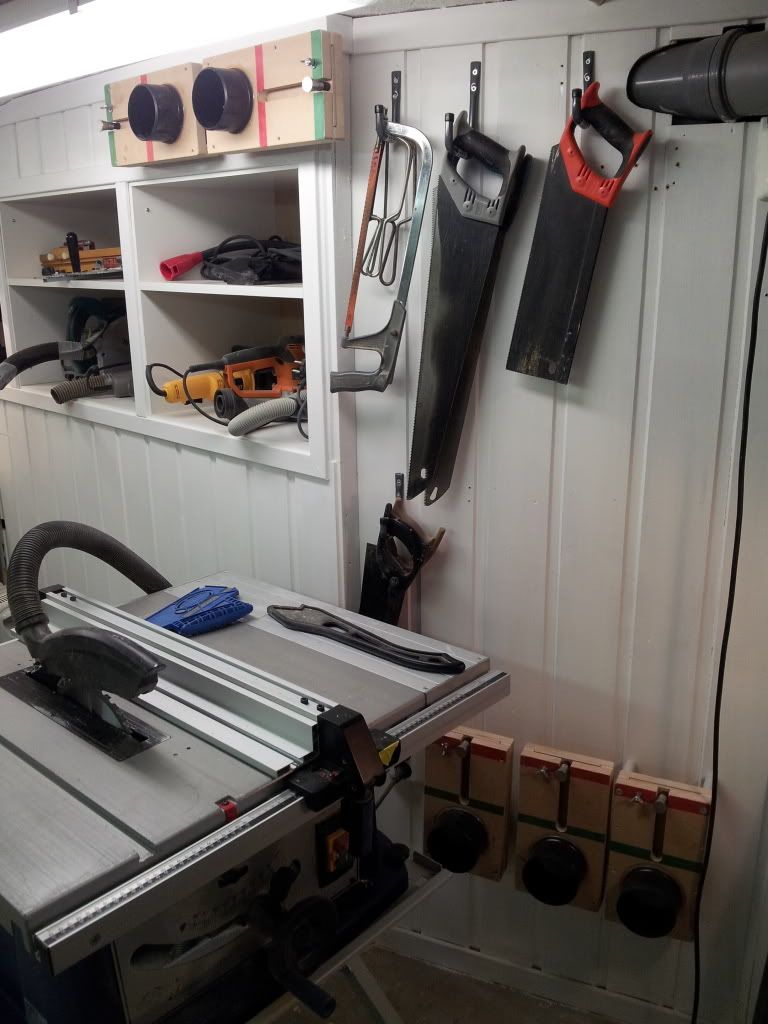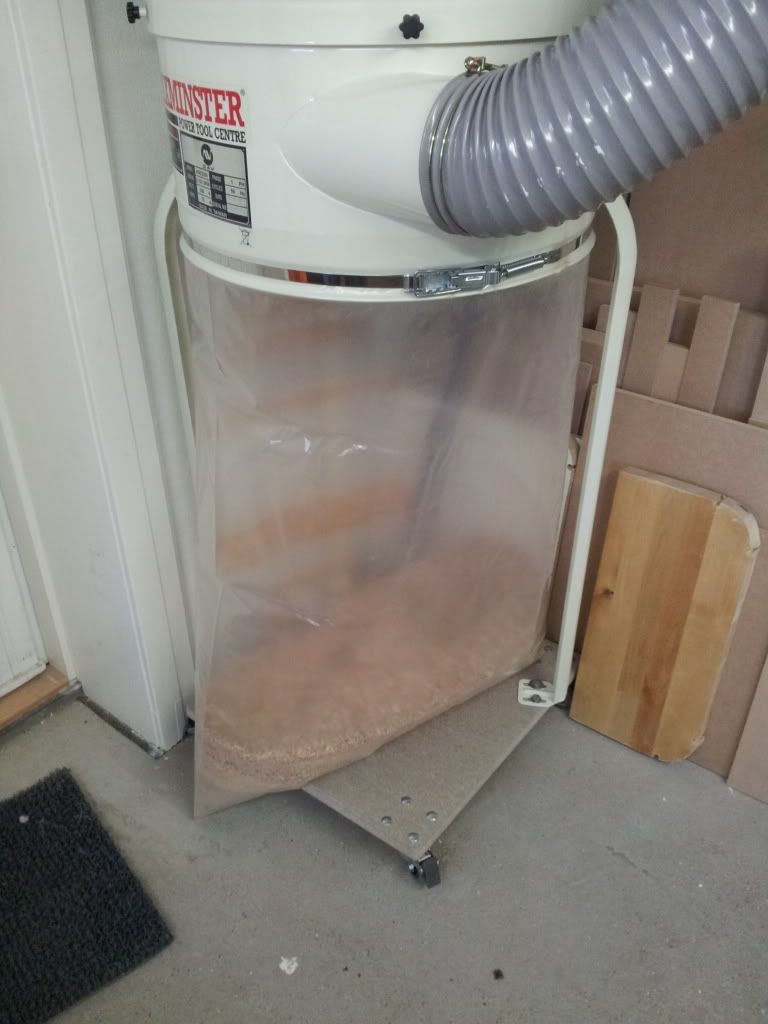IEC type connectors are the obvious choice, easy to get hold of and cheap. However, I was worried they would too easily come apart (male/female) without some form of mechanical locking, bayonette or similar. You should also consider the dust ingress problem and I doubt normal computer type IEC connectors have a particularly high IP rating.
The ones I've used are not completely ideal and I don't like that clip affair flapping about all the time, but they are rated IP54 and at the time were the best I could find.
You may want to check out RS Components http://uk.rs-online.com/web/ and look for XLR connectors with bayonette locking.
Mark
The ones I've used are not completely ideal and I don't like that clip affair flapping about all the time, but they are rated IP54 and at the time were the best I could find.
You may want to check out RS Components http://uk.rs-online.com/web/ and look for XLR connectors with bayonette locking.
Mark





